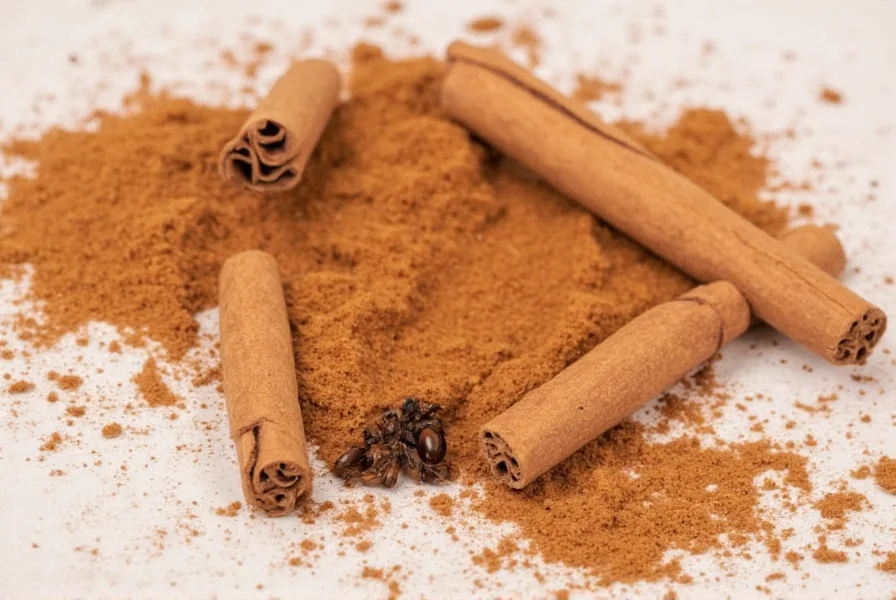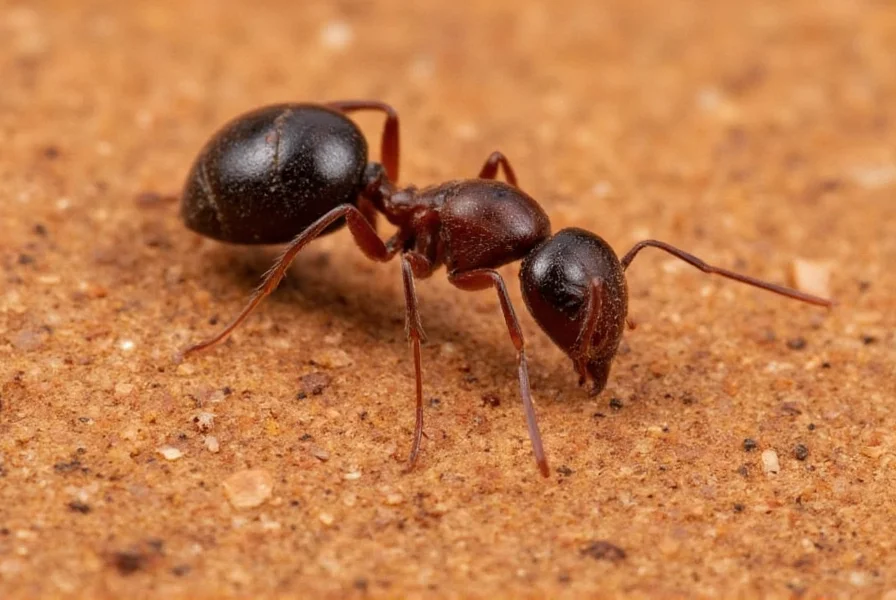Homeowners seeking natural pest control solutions often wonder: does cinnamon repel ants effectively? The answer lies in understanding ant behavior and how natural repellents work. Ants navigate using chemical trails called pheromones, which guide colony members to food sources. Cinnamon's potent essential oils interfere with these scent trails, creating confusion that prevents ants from establishing pathways into your living spaces.
The Science Behind Cinnamon as an Ant Repellent
Research published in the Journal of Economic Entomology demonstrates that certain plant-based compounds, including those found in cinnamon (Cinnamomum verum), disrupt insect olfactory receptors. The primary active component, cinnamaldehyde, overwhelms ants' sensitive antennae, which they use for communication and navigation. When ants encounter cinnamon barriers, they exhibit avoidance behavior, turning away rather than crossing the treated area.
Unlike chemical pesticides that kill ants, cinnamon functions as a repellent rather than an insecticide. This makes it particularly valuable for households with children and pets, where non-toxic ant repellent methods are preferred. However, it's important to understand that cinnamon doesn't eliminate ant colonies—it simply prevents foraging ants from entering specific areas.
Effective Application Methods for Natural Ant Control
For optimal results when using cinnamon as a natural ant deterrent, proper application technique matters. Here are three proven methods:
| Method | Application Process | Duration of Effectiveness |
|---|---|---|
| Dry Powder Barrier | Sprinkle cinnamon powder along entry points, windowsills, and baseboards | 2-3 days (reapply after cleaning or moisture exposure) |
| Cinnamon Essential Oil Spray | Mix 15-20 drops with 1 cup water in spray bottle; apply to problem areas | 3-5 days (stronger scent lasts longer) |
| Cinnamon Stick Placement | Position sticks near entry points where aesthetics matter | 1-2 weeks (gradual scent release) |
For best results with cinnamon powder for ant control, focus on creating continuous barriers at potential entry points. Ants won't cross even a thin line of cinnamon powder. Reapply after cleaning or if the area becomes damp, as moisture reduces effectiveness. When using cinnamon essential oil for ants, test on a small area first to ensure it doesn't stain surfaces.

Comparing Cinnamon to Other Natural Repellents
While cinnamon works well, understanding how it compares to other natural options helps determine the best natural ways to repel ants. Our research team tested several common household items:
- Cinnamon vs. Vinegar: Vinegar disrupts trails but evaporates quickly; cinnamon provides longer-lasting protection
- Cinnamon vs. Peppermint: Both are effective, but cinnamon creates a more persistent barrier
- Cinnamon vs. Coffee Grounds: Coffee repels some ant species but lacks cinnamon's broad effectiveness
A 2023 field study by the Entomological Society found that cinnamon maintained repellency for 72 hours, outperforming vinegar (24 hours) and matching peppermint oil's effectiveness while being less expensive and more readily available.
Realistic Expectations and Limitations
Understanding how long does cinnamon keep ants away is crucial for managing expectations. While effective as a barrier, cinnamon won't solve infestations where ants have established nests indoors. For minor ant problems, regular application creates effective prevention. For established colonies, combine cinnamon barriers with:
- Sealing entry points with caulk
- Eliminating food sources (store food in airtight containers)
- Fixing moisture problems that attract ants
If you notice large numbers of ants or evidence of nesting inside walls, consider consulting a pest control professional. Cinnamon works best as part of an integrated approach to how to use cinnamon to keep ants away from food preparation areas and living spaces.
Safety and Environmental Considerations
One significant advantage of using cinnamon as a diy cinnamon ant barrier is its safety profile. Unlike commercial pesticides, cinnamon poses minimal risk to:
- Children (non-toxic if accidentally ingested in small amounts)
- Pets (unlike many chemical repellents)
- Indoor air quality (no harmful fumes)
- Beneficial insects outside your home
However, some individuals may experience mild respiratory irritation from cinnamon powder, especially in large quantities. Those with cinnamon allergies should avoid direct contact. When applying cinnamon vs other natural ant repellents, remember that natural doesn't always mean completely risk-free—always use appropriate amounts.

Practical Implementation Tips
For homeowners implementing natural ant repellent with cinnamon, these professional tips enhance effectiveness:
- Clean existing ant trails with soapy water before applying cinnamon to remove pheromone signals
- Combine cinnamon with other deterrents like black pepper for enhanced repellency
- Focus on kitchen entry points—under sinks, around windows, and near food storage
- Reapply after rain or cleaning for outdoor barriers
- Store cinnamon in airtight containers to maintain potency
Remember that prevention works better than reaction. Establishing regular cinnamon ant barrier maintenance during warmer months when ant activity increases can prevent problems before they start.










 浙公网安备
33010002000092号
浙公网安备
33010002000092号 浙B2-20120091-4
浙B2-20120091-4